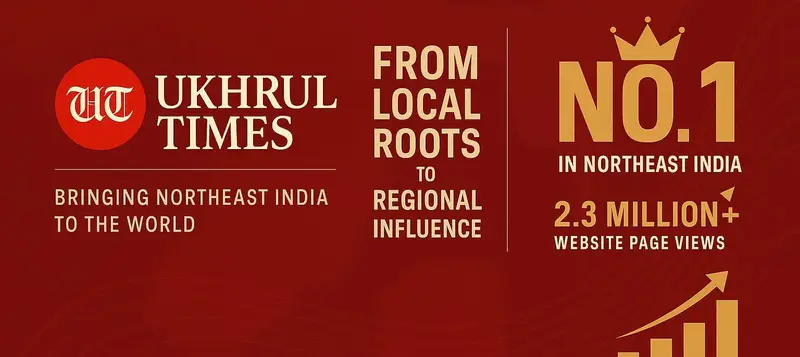Now Reading: Export Costs Jump 5x for Bangladesh After India Restricts Land Port Access
-
01
Export Costs Jump 5x for Bangladesh After India Restricts Land Port Access
Export Costs Jump 5x for Bangladesh After India Restricts Land Port Access

India’s land port restrictions on Bangladeshi goods have disrupted cross-border trade, forcing rerouting via sea and causing export costs to spike up to 5 times.
Agartala: India’s curb on land-based imports from Bangladesh has triggered alarm in Dhaka, where Bangladeshi exporters now face four to five times higher costs and delivery delays of nearly a week. With a Government of India’s notification issued on May 17 effectively blocking land port entry of multiple Bangladeshi goods—including garments, processed foods, snacks, plastic ware, soft drinks, and furniture—exports to India’s Northeast must now be rerouted through expensive maritime channels via Kolkata or Mumbai.
According to the notification by the Directorate General of Foreign Trade (DGFT), Government of India, no such goods will be allowed to enter India through land customs stations (LCSs) and integrated check posts (ICPs) located in Assam, Meghalaya, Tripura, and Mizoram. This includes ICPs at Agartala (Tripura), Sutarkandi (Assam), Dawki (Meghalaya), and Karimganj (Assam)—key trade corridors that have, until now, served as vital conduits for Bangladeshi exports into the Seven Sister states.
Also read | OIL India Limited Drills Tripura’s First Hydrocarbon Well Under HELP Regime
Post-notification, only a limited number of non-restricted items such as cement, LPG cylinders, and fish are still being allowed entry through these land ports.
Manager at the Land Ports Authority of India (LPAI) in Agartala Debasish Nandi confirmed to Ukhrul Times, “Only those items are entering through the land port that are not restricted under the latest notification issued by the Government of India. These include goods like fish, LPG, cement, and similar items. Only the restricted products have been prohibited from import.”
The disruption is significant. Dhaka-based exporters who previously relied on land routes like Akhaura–Agartala (128 km), Chatlapur–Karimganj (308 km), Sheola–Karimganj (288 km), and Tamabil–Shillong–Guwahati (468 km) now have no choice but to send their shipments through Chattogram or Mongla seaports, onwards to Haldia (Kolkata) or Nava Sheva (Mumbai). This new detour stretches shipping distances by thousands of kilometers, adds multiple transits, and forces re-handling of cargo—making export to Northeast India economically unsustainable for many.
Industry bodies in Bangladesh are calling it a crisis moment. Exporters of ready-made garments, processed food, and plastic goods, in particular, say their logistics costs have soared, with freight for a standard 20-foot container now touching Tk 1 lakh, compared to the Tk 20,000–25,000 they previously paid via land ports.
For many Bangladeshi companies, maritime export was never part of their regular operations. Plastic exporters, in particular, who supplied cost-effective consumer goods to India’s border states, fear losing their market share altogether.The move also follows a similar restriction last month by India on yarn imports from Bangladesh via land ports—suggesting a tightening trend in land-based trade policy between the two countries.
Also read | Tripura Bags CIPS Award for Sex-Sorted AI Project Yielding Over 59,000 Female Calves
Meanwhile, it is learned that the Bangladesh Government officials are calling for diplomatic resolution rather than any counter action. Commerce Secretary of Bangladesh Md. Mahbubur Rahman told our sources in Dhaka that the country would not retaliate with restrictions of its own. Instead, Bangladesh has proposed a secretary-level meeting under the India-Bangladesh trade forum to resolve the issue and assess the full extent of export losses.
“We are not considering retaliatory action. We want to sit down and work this out through diplomatic and official channels,” Rahman said, following a meeting with exporters and relevant ministries in Dhaka.
Until then, businesses in both nations are bracing for prolonged disruption. For Bangladesh, the land ports offered a fast, low-cost route into a large, growing market next door. For Northeast India, Bangladeshi goods—particularly garments, processed foods, and plastic items—formed an essential part of the cross-border trade ecosystem.
Now, that ecosystem faces an uncertain future.
















